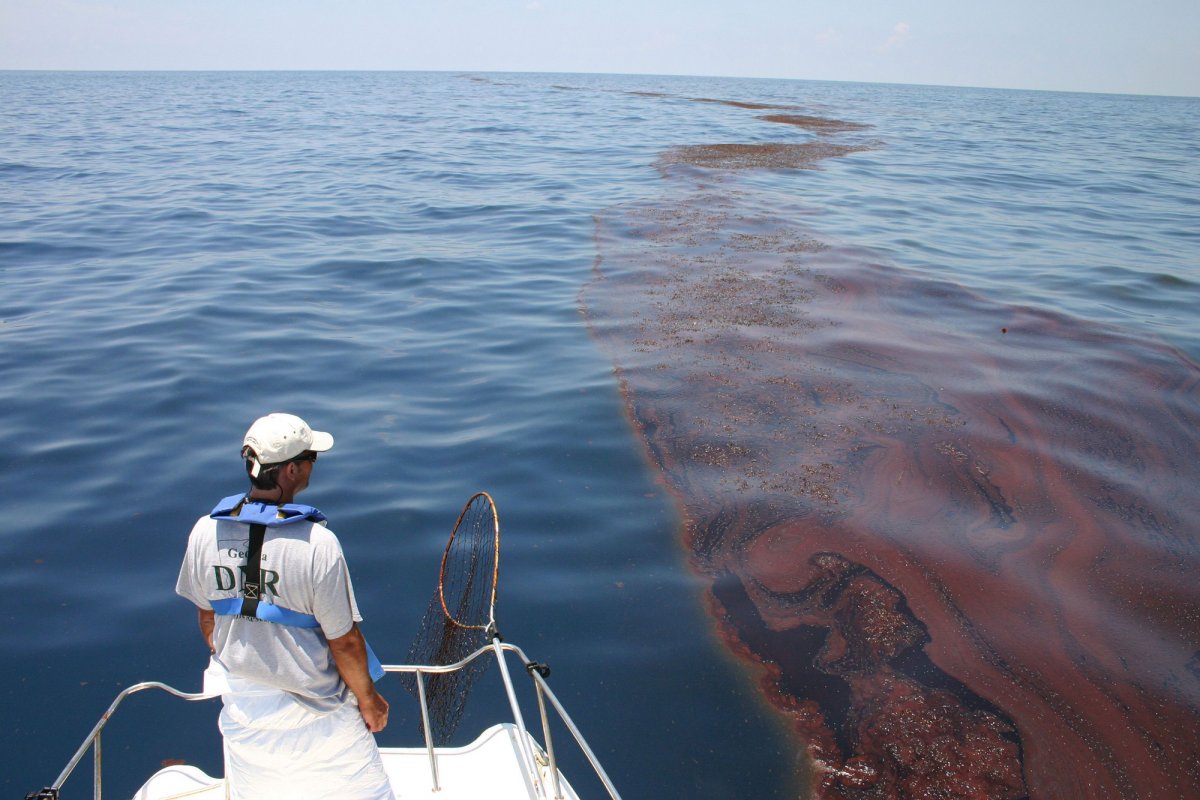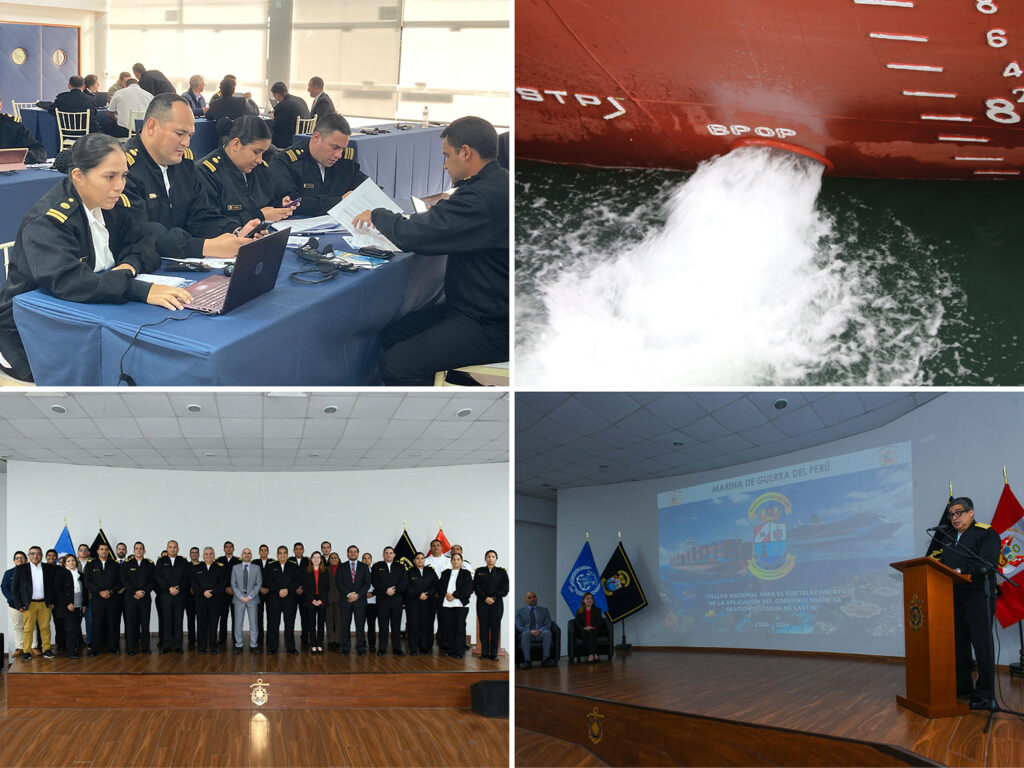Cost a Single Oil Slick at Sea usually between 10.000 and 50.000 USD per one ton whereas I read article and on Black Sea last accident cost around 1.000.000.000 USD and still not solve
By :Adam Laabs
How Much Does a Single Oil Slick at Sea Really Cost? (a field report from the first fifteen minutes that can wipe out a decade of sustainability plans)
When the watch officer on the tanker Coral Hunter steps onto deck at four in the morning, he hears nothing but the even gurgle of cargo sloshing in the tanks. The air smells of briny mist and a hint of diesel that timeless port perfume.
Three minutes later, deep in the pump room, there is a soft pfff. No explosion, no shouting, only the wet snap of a gasket torn on a recirculation line.

The pipe moves 180 tons of fuel an hour; that pin-prick leak is enough to spread a credit-card-thin film over six football fields of water in five minutes.
For the next thirty-five seconds no one sees a thing. Salt waves smear the slick into a graphite fan. At 04:06 a coastal sensor registers volatile hydrocarbons.
At 04:11 a wire-service reporter posts a shot of a “strange haze in the harbor” to X. Before the port crew has even triggered its full alarm, the digital world already knows something is wrong.
And that is when the invoice starts printing the one you will never find in a glossy ESG report.

When litres turn into millions
The first line in the Excel column is equipment: single-use PVC boom, $110 000; mobile crane, $45 000 a day; helicopter with floats, $12 000 an hour. The tanker operator does hold a crisis-response contract skimmers guaranteed on scene within sixty minutes. In a too-calm sea, an hour is a lifetime. Drone footage now shows a jet-black sheet stretching from the ship’s bow to the breakwater.
At 05:30, in a refinery war room ashore, the reputation calculator starts humming. One Reuters photo can wipe ten percent off market cap. When MSCI analysts add the tag severe environmental incident, the cost of capital leaps for good.
If the slick reaches the lagoon, fishermen and tourism join the roll call. Forty kilometres up the coast, high season is just starting: hotels 85 percent full. Booking sites react like mercury type “oil spill,” and cancellations arrive faster than payment confirmations. Every lost week of holiday means €1 200 in forfeited room revenue alone.
Finally comes ecology the line item no balance sheet holds. A viscous oil blanket blocks gas exchange; up to 30 percent of local zooplankton dies in the first hour. To chemists that is a footnote; to a food web it is a ripped-out foundation. The cost returns as closed fisheries, extra inspections, and tourists muttering that “the fish tastes odd.”
The irony of the green transition
Even as this unfolds, corporate boards are signing record-size green bonds. Prospectuses trumpet decarbonised engines, bio-fuels, billion-dollar offsets. Investors applaud ESG is the future.
But the ocean does not read prospectuses; it counts barrels times seconds. A billion in green issues buys zero minutes of response if the deck lacks one tool: a physical barrier that immediately drinks the oil before the CNN ticker catches the word spill. Prevention is not sexy no turbines, no sleek infographics yet it costs less than a rounding error in the annual skimmer budget.
Who first tallied the real invoice?
Not the activists, but the reinsurers. After Exxon Valdez (1989), they discovered the worst pain was not in cleanup but in the collateral:
- Risk premium – ports and fleets pay elevated rates for years.
- Loss-of-profit payouts – a week-long closure forces insurers to reimburse terminals.
- Reputation bleed – companies bankroll regional PR campaigns that burn money like jet fuel.
Underwriters concluded: every dollar in prevention saves seven to ten in claims. Hard arithmetic. Still, most “sustainability strategies” stop at paperwork; the seconds keep ticking.
The missing link: a first-aid factory on site
Why, in an era of 3-D-printed turbines, must sorbent mats cross oceans? Imagine a mini-plant behind the quay: supermarket-sized hall, polymer pellets, a hydro-phobic modifier, and out rolls a white fabric that floats, guzzles crude, and ignores seawater. If dawn brings disaster, the crew can throw the first rolls in ten minutes instead of waiting for airborne skimmers from abroad.

CAPEX? A few million dollars. ROI? Two medium spills avoided or one major that never becomes a megacatastrophe. It sounds trivial, yet the line “local sorbent plant” rarely appears in green road maps because it does not fit the renewables slide.
Loss-aversion neurology why we stall
Neuroscientist Robert Sapolsky shows we discount distant pain. A CFO sees “one-in-ten-year spill risk,” translates it into probability, and defers. Only when the cameras roll does the brain’s pain-avoidance circuitry fire and by then the check is a hundred times larger.
Solution? Reframe the narrative: “Every 24 hours of exposure risk $6 million; a sorbent plant costs a fraction.” The CFO’s brain receives a present-tense incentive; psychology does the rest.
Will one slick ever reach a billion?
Yes. And not a cent less, if place, current, and social-media algorithms align. The black sheet does not ask whether you’re in the Dow Jones Sustainability Index. It does not care how many tonnes of CO₂ you cut last quarter. It counts barrels and seconds.
Want to see, live, how white fabric turns jet-black in thirty seconds? Reach out. We will not send tomorrow’s slide deck; we will show what can be done before tomorrow becomes catastrophically expensive.
The ocean runs its own ledger. Unlike us, it never forgets anything poured into its blue.
Before you scroll to the next post, pause for one question: If a single rogue gasket can vapor-lock an entire decade of climate goals, what’s your first line of defence a PDF, or a plan that floats?
Tell us in the comments: Where do you see the biggest blind spot in your organisation’s spill-response clock?
Challenge us with your toughest scenario. We’ll reply with the stopwatch and the data.
Curious how a roll of fabric can outpace a billion-dollar headline? Drop a discreet DM. We’ll keep it short, visual, and strictly off-record.
Because the ocean keeps its own ledger, and the next entry is still blank.
Related : Adam Laabs writes about container terminal like a sci‑fi set
Rolbatch technical director, Co-Founder w Rolbatch Laabs Academy, Marine and Ocean Protection Technologies , Axtora




